Chaste Tree Extract
Chaste Tree Extract is a deciduous shrub plant of Verbenaceae. It is a mature fruit of Vitex negundo. It is harvested in summer. When it blooms, it gives off a kind of fragrance and is transmitted with the wind, so the local villagers called “the fragrant girl.” It can fix the sand, and it is hard to imagine that the scent is sent by this unappealing plant.
The fruits and leaves of V. sinensis contain volatile oils, the main components are terpenes and terpenes, and contain traces of alkaloids and vitamin A; the fruit also contains vitex flavonoids, namely vitexin. The vine fruit contains a small amount (0.01%) of vines.
Pharmacological action of Chaste Tree Extract
Chaste Tree Extract are generally classified in the solution of drugs to treat wind-heat flu headaches.
Clinically, the headache caused by various diseases can be treated by vines, and it is not limited to cold headaches. Vitex negundo has an analgesic effect and dilated blood vessels, and has therapeutic effects on infectious ophthalmia, headache caused by rhinitis, vascular headache, and neuropathic headache caused by cervical spondylosis.
Chaste Tree Extract is traditionally used to treat eye diseases. Because it can promote the blood flow velocity of the conjunctiva, it is beneficial to accelerate the absorption of inflammation, and it is effective for the treatment of headache caused by ophthalmia and eye damage.
Chaste Tree Extract is also a commonly used drug for immune eye damage and its headache. Although it does not directly affect immunity, it can directly improve the inflammation and symptoms of the eye.
The phenolic component of Vitex negundo, such as vanillic acid, has antioxidant and scavenging effects on oxygen free radicals.
The vine extract can enhance the hypoxia tolerance of mice and prolong the swimming time of mice.
Vitex negundo decoction has an inhibitory effect on ECH011 virus. Significant inhibition of Staphylococcus aureus and fungi.
Chaste Tree Extract has obvious antihypertensive effect, and its antihypertensive effect is related to the excitatory centrally induced parasympathetic nervous system.

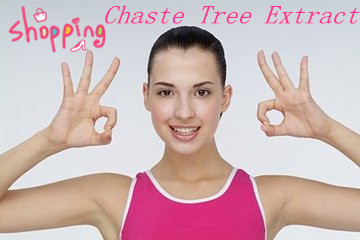

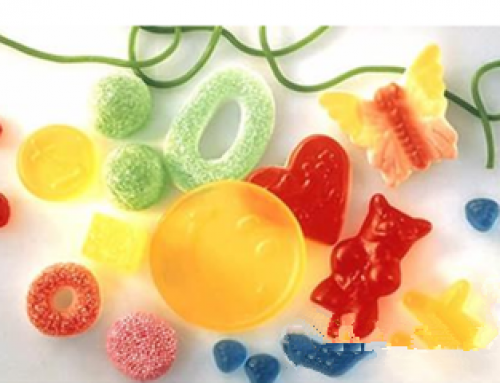
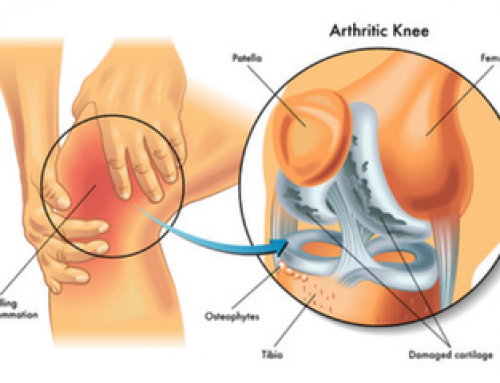
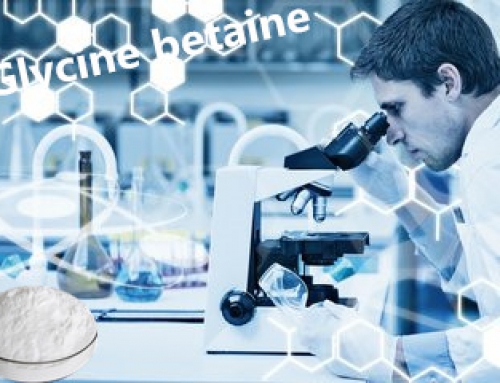
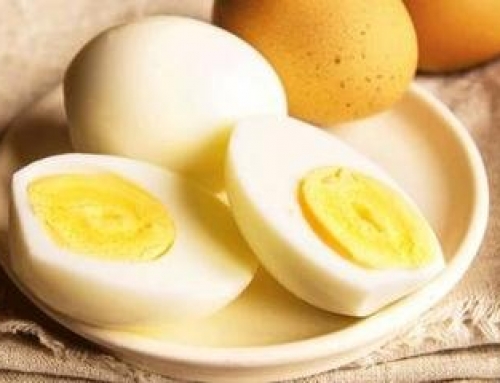
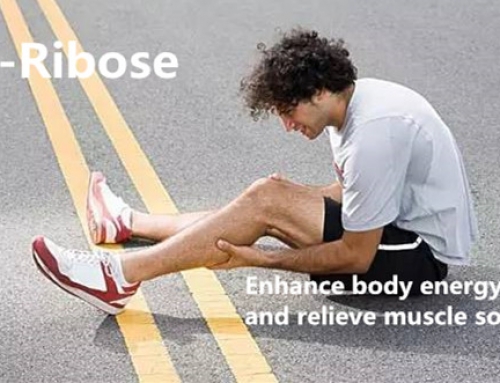
Leave A Comment